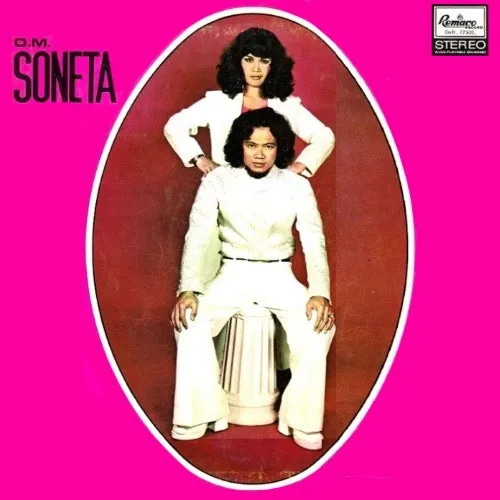EVERY GENRE PROJECT - March 29 - Dangdut
Genre of the Day - Dangdut
Album of the Day - Dangdut by Rhoma Irama and Elvy Sukaesih (1973)
March 29, 2024
Today we get to enjoy an Indonesian hat trick—our third article on an Indonesian genre! Every time, it’s a blessing. The sting of getting rejected from a program in Indonesia back in January has mostly subsided, so I can enjoy this music more fully. Funkot, a fantastic Indonesian fusion of house, trance, and today’s genre dangdut, was the genre of the day March 1st and it knocked me off my feet. Here we get to hear a foundational genre for later Indonesian musical innovations like funkot and one that represents the unique quilt of cultures that make up Indonesia’s heritage. I love this country, if you don’t already know.
A massive archipelago wider than the continental United States, Indonesia has a wide breadth of cultural influences given this massive area’s geographical proximity upon historically bustling trade routes. Over time, Indonesia absorbed these foreign influences fluidly alongside native traditions. This led to the blending of Arabic, Indian, and Dutch styles with native Malay, Javanese, Sundanese, and other regional traditions. While these styles have often been mixed in Indonesia, dangdut represents the most single distillation of all of them.
Arising initially in the 1950s, dangdut emerged into form after bands began adding musical styles from Bollywood movies into their songs. With the spread of western rock styles that blew up globally in the 1960s—which we’ve seen in countless other genres in this column—artists would fashion it into a phenomenon and give the fusion a name. Rhoma Irama, who we’re listening to today, always emphasized the homegrown and working-class elements of such a musical fusion, naming it dangdut after a negative onomatopoeic epithet used by upper-class people about “commoner” music, about the instruments involved. It uses the tabla, an iconic drum from India that produces some of the unmistakably distinctive sounds associated with much Indian popular music. It also uses the gendang, a drum traditionally used across the archipelago that appears in gamelan music.
Today we enjoy one of Rhoma Irama’s ‘70s efforts with vocalist Elvy Sukaesih. As the father of the genre, he’s in essence dangdut’s Elvis. The diversity of these tracks’ instrumentations and moods represent the wide range of musical colors at his disposal. As someone who’s listened to a fair amount of Indonesian contemporary pop music, it’s apparent how much Indian musical influence was present in the ‘70s compared to now, throughout the vocal delivery choices such as the lilts in their voices in “Pantun Cinta” and of course the overarching presence of the tabla drums. However, as expected due to the amount of different influences, there’s a mosaic of different instruments that lead to a radically different feel on each song. There’s a scintillating organ on “Tepuk Nyamuk,” a song that keeps the listener on their toes especially with the sudden buildup at the end. “Anak Keira” has a funk horn section, glittery guitars harmonizing, and piercing organ, a synergetic combo with the positivity in his vocal delivery. The sunny dance groove of “Pelangi” and its standout bass reveal this as dance music for all, the combination of musical elements elevating its accessibility and stamping Indonesian musicians’ ability to make so many different styles work in conjunction in a space that embodied the nation wholly. It’s no wonder that the genre’s popularity persists to this day. And anything named after an onomatopoeia has to be catchy.




